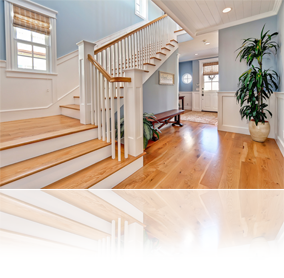When you’re shopping for a new home, it’s a good idea to create a checklist of what you want and what you need. It keeps you on track to ultimately find the property that best fits your requirements — and those of your family.
However, there’s a big difference between want and need that is important to understand when house hunting. A ‘need’ refers to a feature that is an absolute must in a new home. A ‘want’, by contrast, is a ‘nice-to-have’.
Some home buyers make the mistake of choosing a ‘want’ at the expense of a ‘need’.
For example, say you ‘need’ four bedrooms in your new home but ‘want’ a golf course located nearby. It can be tempting to fall in love with a property that has a beautiful golf course just a couple of blocks away, even if it has only three bedrooms. You may find yourself signing the offer while dreaming of Saturday morning tee-offs, only to awake to the realization months later that the lack of an extra bedroom has become a serious inconvenience to you and your family.
Of course, it is possible to get most, if not all, of what you need and want in a new home. But if it comes down to a choice, it’s usually a good idea not to sacrifice something you really need in order to get something you want.
So, when you’re making your house hunting checklist, be clear about what is a need-to-have and what is a nice-to-have.
And don’t forget that some features you want — like a wrap-around backyard deck, for example — can potentially be added to your new home later.









